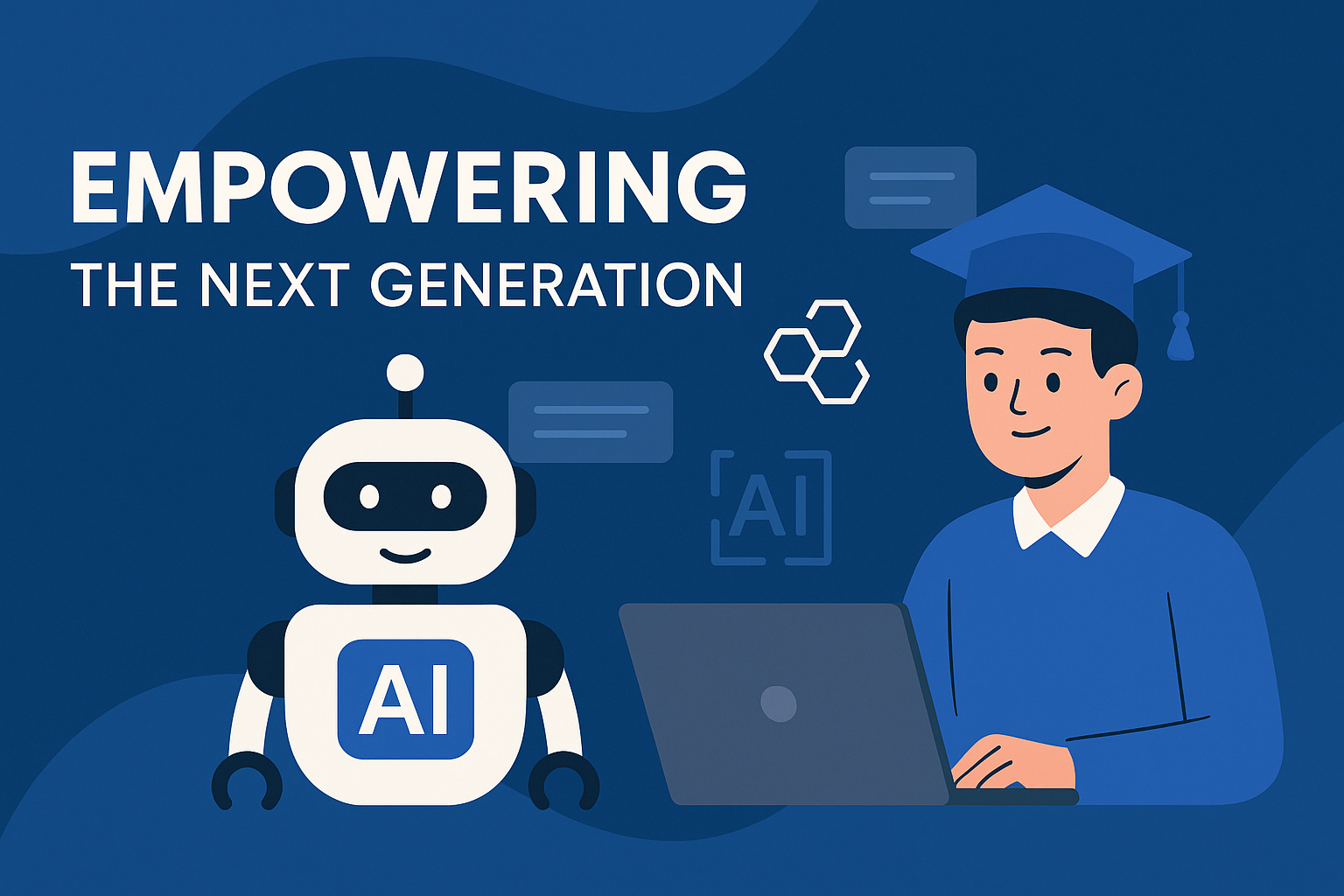Inside the AI Coding Assistant Boom
In 2030, software practically writes itself. A project that once took a team of engineers months is now drafted overnight by an AI coding assistant working alongside human architects.
In a tech firm’s morning stand-up, the “autonomous developer” – an AI embedded in the development pipeline – has already generated and tested new feature code before the human team even grabs their coffee. Bugs that popped up at midnight were pinpointed and fixed by an AI agent while the developers slept, complete with unit tests and documentation.
Prefer watching over reading?
Watch our podcast below:
listen to our podcast below:

Rewind to the early 2020s – a time when software demand was exploding, yet development felt stuck in slow motion. Organizations faced a critical shortage of software engineers, with an estimated 4 million developer roles unfilled by 2025.
The pressure was on: companies needed to ship features faster, but human coders were mired in repetitive tasks and debugging. Early attempts at AI-powered coding hinted at a solution, but they had serious limitations. Autocomplete tools could finish a line or two, yet they lacked true understanding of context and often failed on anything beyond boilerplate. In fact, one ambitious startup, Kite, launched an AI coding assistant only to shut down in 2022 because “the tech [was] not ready yet” and developers wouldn’t pay for it.
This pivotal moment underscored the challenges: coding AI needed to become far more powerful and practical to spark mass adoption. The breakthrough came with new large-scale code-trained language models that could consider much more context and generate substantial blocks of code intelligently. Suddenly, AI could suggest entire functions or catch errors – early glimmers of the future. These advances marked the turning point. By addressing the technical hurdles (like understanding intent and ensuring reliability) and a cultural shift toward accepting AI helpers, the stage was set for a new breed of AI coding assistants.

The shift to “code on autopilot” was driven by a series of AI tools that each moved the needle from concept to mainstream impact. These 2–3 breakthrough assistants tackled the hurdles of their time – from proving AI could handle coding tasks, to integrating into developer workflows, to scaling across entire enterprises. Below, we highlight the core tools and how they accelerated the journey:
The Progression:
- GitHub Copilot (Rank 1)
-png.png?width=1979&height=1180&name=output%20(2)-png.png)
The realization of AI coding’s promise at a global scale. Built on OpenAI’s Codex model and embedded in popular tools like VS Code, it has achieved ubiquitous presence – by 2025, 15+ million developers were using Copilot and 90% of Fortune 100 companies had adopted it. Copilot showed that AI pair-programming not only works but delivers serious gains: developers often complete tasks 50–55% faster with Copilot’s help. With AI now handling much of the boilerplate and repetitive coding, human developers shifted toward higher-level thinking, architecture, and thorough code reviews. Copilot’s success sparked a wave of imitators, but it remains the flagship example of how integrating a powerful AI assistant can transform software development workflows and productivity. - Amazon CodeWhisperer (Rank 2)
-png.png?width=2004&height=1180&name=output%20(3)-png.png)
Broke open the doors of adoption by removing cost and safety barriers. By making a top-tier AI coding assistant free for individual developers, AWS rapidly broadened access to this technology. More importantly, CodeWhisperer tackled reliability concerns head-on – it scans code suggestions for vulnerabilities and flags any that might introduce security or licensing risks. This focus on secure, responsible AI suggestions gave enterprises the confidence to deploy coding assistants at scale. CodeWhisperer quickly became the go-to co-pilot for cloud development teams, seamlessly suggesting code for AWS tasks and proving that AI helpers could be both powerful and enterprise-friendly. - Tabnine (Rank 3)
-png.png?width=1979&height=1180&name=output%20(4)-png.png)
laid the groundwork by proving AI could seamlessly assist in coding. Years before the LLM hype, it showed an AI model could autocomplete code in real time and learn from context. By supporting multiple languages and offering on-premise options for privacy, Tabnine built early trust in AI-assisted development. Developers saw that they could offload tedious boilerplate tasks to an AI while keeping control – a small but pivotal step that proved coders would embrace automation if it saved time and kept their code secure.

The rise of AI coding assistants is reshaping how software is built and who builds it. Rather than replacing programmers, these tools are augmenting them – taking over routine coding while humans focus on higher-level design, oversight, and creative tasks. Developers are evolving from line-by-line coders into AI orchestrators, reviewing and guiding AI-generated code instead of writing everything from scratch.



